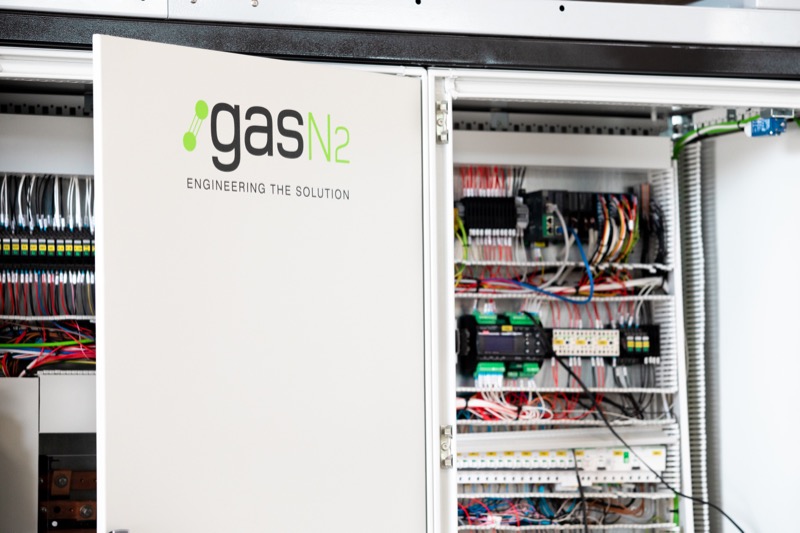Freezing systems
The GasN2 team has developed a line of industrial refrigeration products for the food industry that combines the best aspects of mechanical and cryogenic refrigeration for cooling, freezing and drying applications.
Description
Our engineering team adapts the medium and low-temperature refrigeration systems according to the needs of each project, from the design of the refrigeration plant to the sizing of the installation of rooms and chambers. We always work to offer an optimal solution for each customer depending on the product, temperature, and way of working.
This hybrid technology developed for our machinery allows us to provide a new system that will change the way we refrigerate or freeze many types of products in the food industry, reaching temperatures as low as -80ºC.
Cryogenic refrigeration or freezing offers clear advantages in terms of food quality compared to mechanical-based technologies. This is an important fact for product-added value and for freezing complex or fragile products, as structures and properties are better preserved. Our system also offers advantages in terms of improved productivity and greater process flexibility, especially for small and medium-scale producers with limited investment requirements and cost-optimization initiatives.
Our refrigeration systems follow a mechanical principle based on the compression and expansion of a refrigerant gas, which allows reaching temperatures down to -80 ºC, with performance coefficients higher than 1, as if it were cryogenic refrigeration. GasN2 refrigeration systems use refrigerant gases specially designed to meet this purpose with unique environmental characteristics; ozone depletion potential values of zero and global warming potentials below 5º C.
Products
Characteristics




